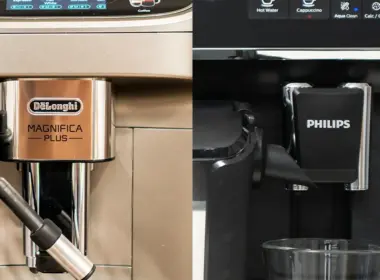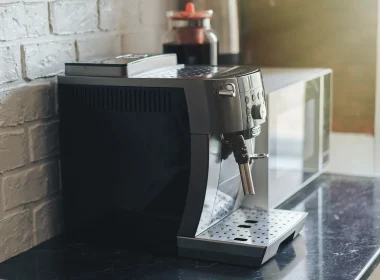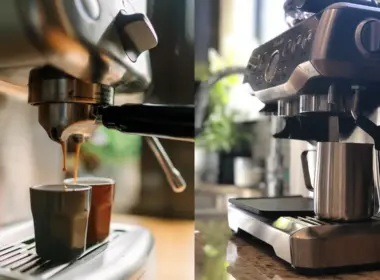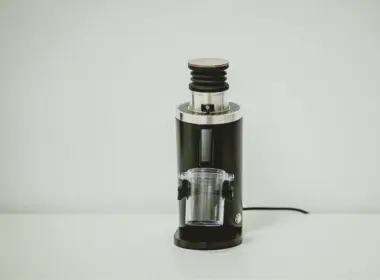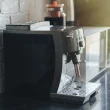For years, De’Longhi has been the dominant name in super-automatic coffee machines. But in recent times, the Dutch brand Philips has stepped up as a serious rival, so much so that today, the best-seller lists feature almost as many Philips models as De’Longhi ones.
Is this justified? Are Philips coffee machines on par with De’Longhi? Which brand is really better? As a user of coffee machines from both brands in the past, I think I can answer that question, and my answer is that De’Longhi is a better brand. Throughout this article, I will explain why.
A quick comparison between models of the same range from both brands
Let’s take a quick look at the most popular models from the two manufacturers. I have classified them by ranges, and it is precisely in the low range where both brands have their two best-selling coffee machines.
De’Longhi Magnifica S Vs Philips Series 2200
| De’Longhi Magnifica S | Philips EP2220/10 | |
| Grinder | Stainless steel | Ceramic |
| Grinding levels | 12 | 13 |
| Interface | Analog | Touch |
| Recipes | espresso, long coffee | espresso, long coffee, hot water |
| Steamer |  |  |
| Bean container | 250 g | 275 g |
| Water tank | 1.8 L | 1.7 L |
| Dimensions | 23.8 x 43 x 35.1 cm | 37.1 x 24.6 x 43.3 cm |
| Amazon | Amazon |
These coffee machines are the De'Longhi Magnifica S and the Philips Series 2200 . They are entry-level coffee machines, two models designed to prepare classic coffee and espresso recipes in a basic and simple way.
This range is where the comparison is most balanced. De’Longhi’s Magnifica S, their most basic coffee machine, offers a wider coffee dose adjustment and a grinder with finer grinding adjustment than the Philips. This gives De’Longhi a slight edge in coffee and espresso preparation. However, the difference is minimal and both machines offer very similar features.
However, the Philips Series 2200 offers in this case a more modern and intuitive control panel, and a steamer that, while not perfect, is better than the De’Longhi’s. This steamer is, without a doubt, the weakest point of the Magnifica S. In fact, De’Longhi later released the Magnifica S Smart , with an improved panarello and control panel; a good alternative to the Magnifica S if, for some reason, the Philips Series 2200 doesn’t convince you either.
De’Longhi Dinamica Plus Vs Philips 5400
| De’Longhi Dinamica Plus | Philips EP5441/50 | |
| Grinder | Stainless steel | Ceramic |
| Grinding levels | 13 | 12 |
| Interface | Touch | Touch |
| Programmed drinks | 12 | 12 |
| Automatic frother |  |  |
| Milk texture adjustment |  | |
| Bean container | 300 g | 275 g |
| Water tank | 1.8 L | 1.8 L |
| Dimensions | 50.6 x 49.79 x 31.1 cm | 24.6 x 37.1 x 43.3 cm |
| Amazon | Amazon |
Things change as we move up in price. A clear example is if we compare the Philips from the 5400 series with the Dinamica Plus from De'Longhi . On paper, both coffee machines seem very similar, yet the Dinamica Plus is better: it prepares an espresso with a higher coffee dose (up to 16 grams using the Doppio option) and its milk frother is of higher quality, offering three texture settings. This versatility allows you to prepare modern lattes/flat whites with silky milk integrated with the coffee, or a traditional Italian cappuccino with a more airy and less integrated foam, giving you more options for your recipes.
The Philips 5400 has the advantage of being cheaper, but the price difference is not significant. Considering the upgrade to the Dinamica Plus is a small investment for a significantly better coffee experience, I think it’s worth paying the difference in favor of De’Longhi.
Philips 5500 Vs De’Longhi Rivelia
| De’Longhi Rivelia | Philips EP5546/70 | |
| Double bean container |  | |
| Grinder | Stainless steel | Ceramic |
| Grinding levels | 13 | 12 |
| Interface | Touch | Touch |
| Programmed drinks | 16 | 20 |
| Automatic frother |  |  |
| Milk texture adjustment |  | |
| Bean container | 250 g x2 | 275 g |
| Water tank | 1.8 L | 1.8 L |
| Dimensions | 24.5 x 43 x 38.5 cm | 24.6 x 43.3 x 37.1 cm |
| Amazon | Amazon |
In a higher range, the difference in favor of De’Longhi is even more marked. In this case, for a price difference that is not that much, De’Longhi offers in the Rivelia a double interchangeable coffee bean container. This feature allows you to use two different varieties of coffee beans at any time, without waiting for the bean container to empty. This means you can enjoy a variety of coffee flavors without the hassle of changing the beans frequently. Additionally, the Rivelia adds the same advantages we have already seen in the Dinamica Plus: milk texture adjustment in the automatic frother and a dose of up to 16 grams of coffee in the preparation that enables this coffee machine to serve a more intense espresso than the Philips.
Getting into details: Why De’Longhi is generally a more recommendable brand
A more intense espresso
The main reason I prefer De’Longhi as a manufacturer of super-automatics is that it extracts better coffee, especially espresso. Some of the keys to achieving a good espresso are, first, grinding the coffee very finely, and second, using a high amount of ground coffee; these two recipes combined produce an intense, stronger espresso.
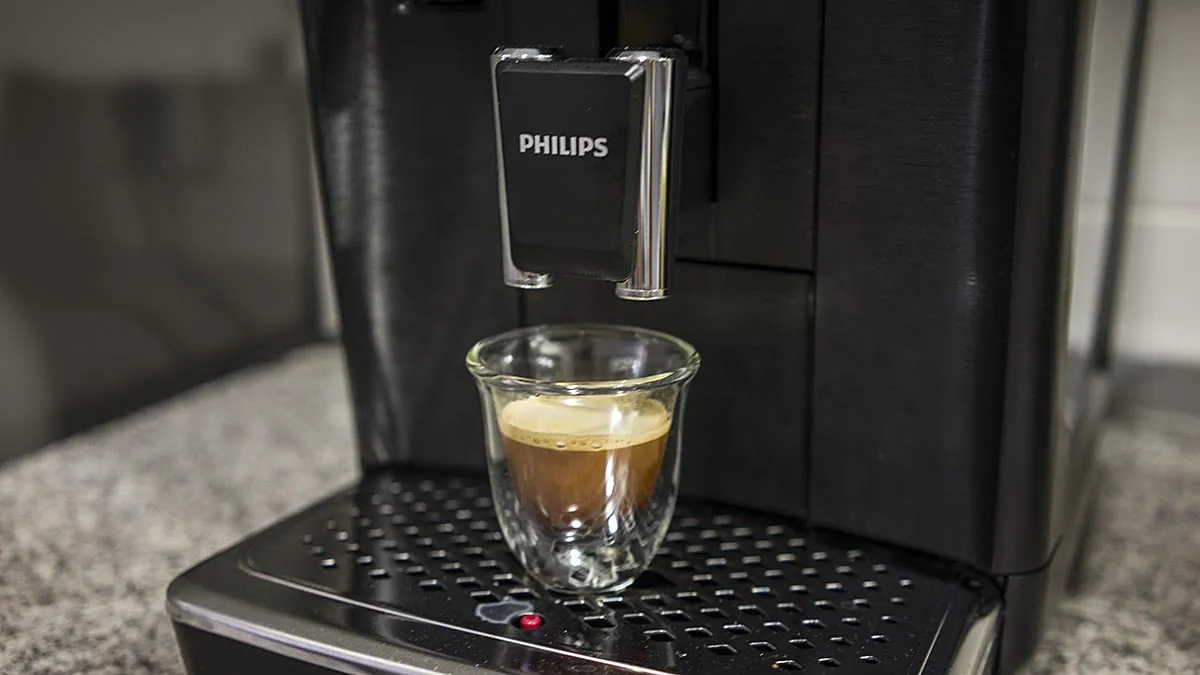
De’Longhi fulfills these two keys with greater sufficiency. Despite the fuss that Philips makes with his claims about his ceramic grinders, the truth is that De’Longhi’s grind a little finer at their lowest settings. The difference is not huge, but it is noticeable, and in espresso, which is a preparation very sensitive to small differences in grinding, it is even more noticeable.
The other factor — the amount of ground coffee used by the machine to form the puck — also favors De’Longhi. In general, their entry-level models (mainly the Magnifica S, Start, and Evo) use around 12 grams per shot, while higher-end machines use up to 16 grams. In contrast, Philips models rarely exceed 8–9 grams. Some of De’Longhi’s best super-automatic machines — like the Magnifica Plus, reviewed on this blog — can even use doses of over 20 grams, depending on the beans you use. That’s a tremendous advantage over Philips.
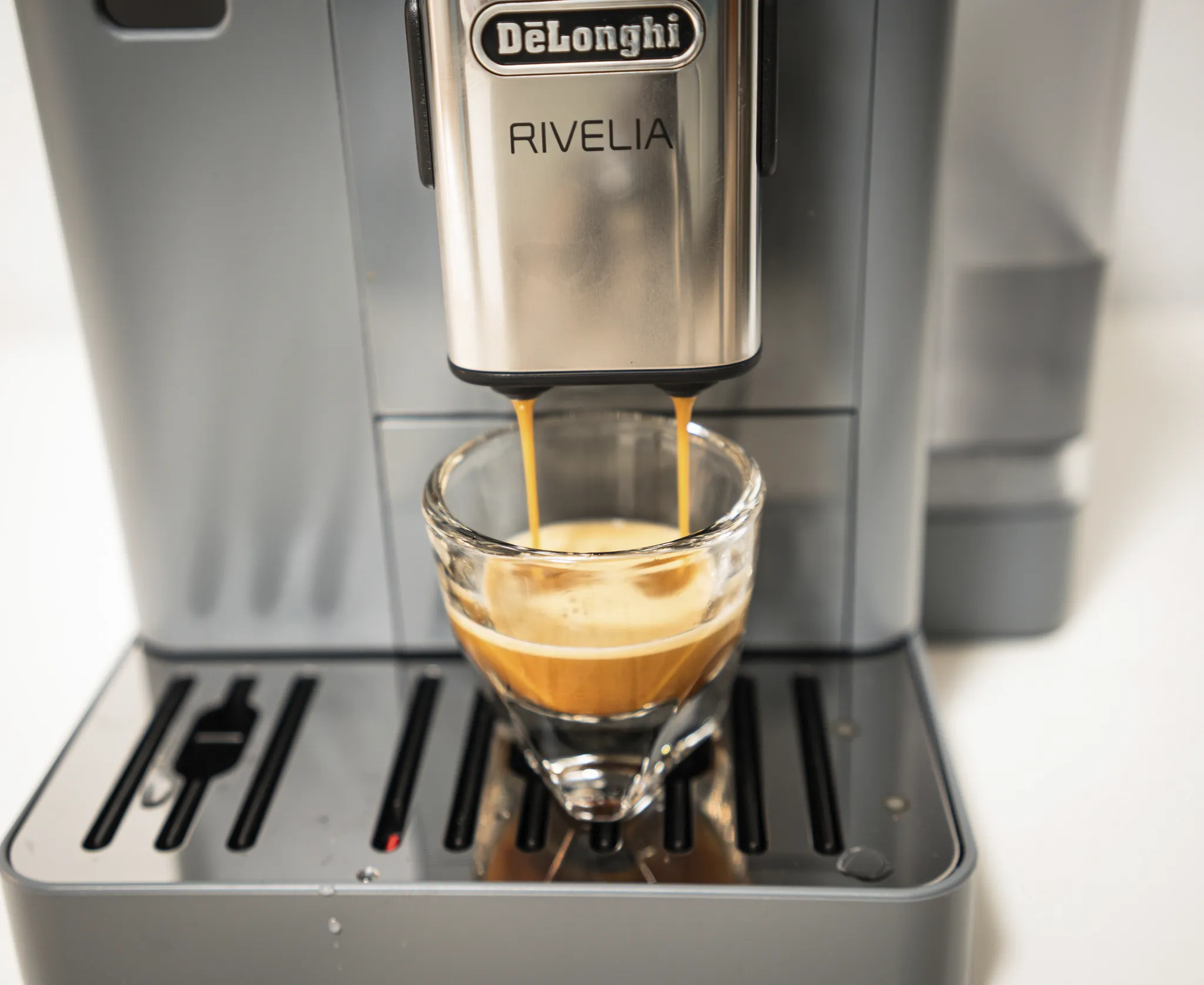
The result: De’Longhi delivers a more intense and flavorful espresso, while Philips’ tends to be more watery. In long coffees, the difference isn’t as noticeable since the drink is diluted in more water. But if you enjoy a strong, full-bodied espresso, De’Longhi is clearly the better choice — especially in its higher-end models.
De’Longhi is also better at frothing milk
If you’re like me — someone who prepares cappuccinos, lattes, cortados, or flat whites every day — you’ll probably prefer De’Longhi’s results as well.
Here, I’m referring to the automatic milk frothing system. De’Longhi’s technology is very well developed: it uses a milk container with an emulsion chamber that injects steam into the milk. The steam carries air and mixes with the milk in motion, creating a smooth, consistent foam.
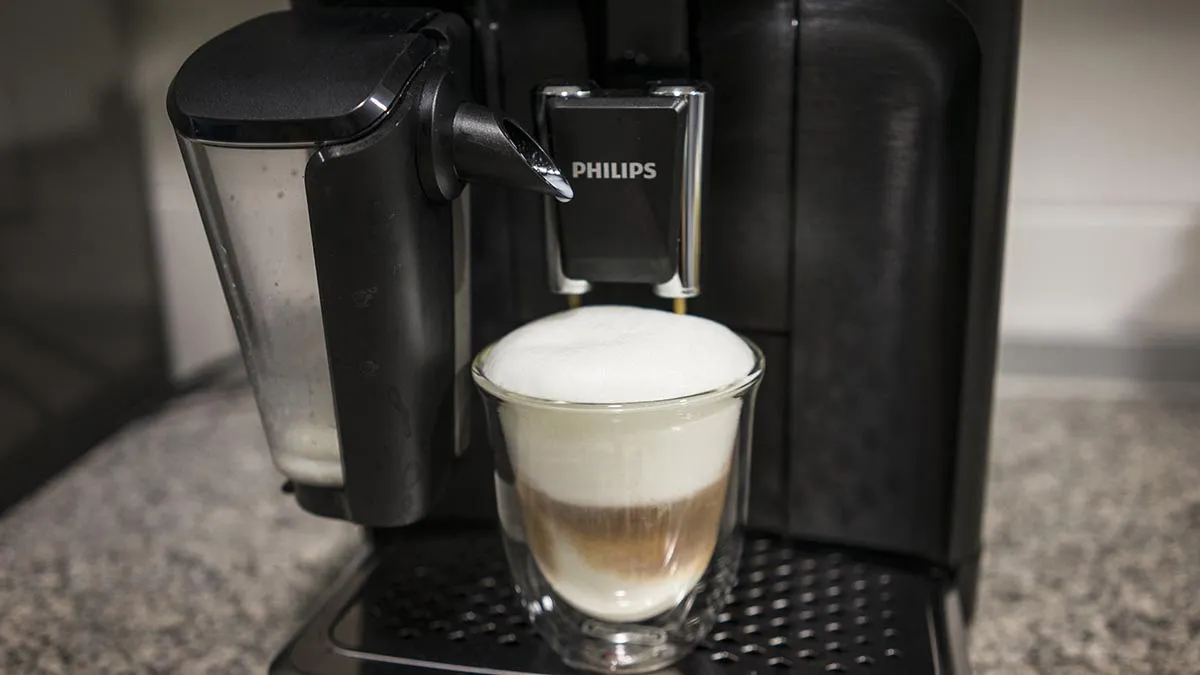
Philips’ LatteGo system is certainly convenient and easy to clean, but the foam it produces is too dry and dense — it doesn’t blend well with the coffee.
The principle behind Philips’ system is similar, but it generates a lower-quality milk texture. Philips injects more air into the mix, resulting in a drier, thicker foam, while De’Longhi injects less air, creating a creamier, more fluid texture — much closer to what a barista would make.
That said, Philips’ frother, the LatteGo, does have one clear advantage: it’s extremely easy to clean. It’s made up of just three simple parts (the lid, the container, and the frame that attaches to the machine), all of which can be easily assembled, disassembled, and rinsed under the tap. De’Longhi’s milk container, on the other hand, tends to be bulkier and requires a bit more cleaning.
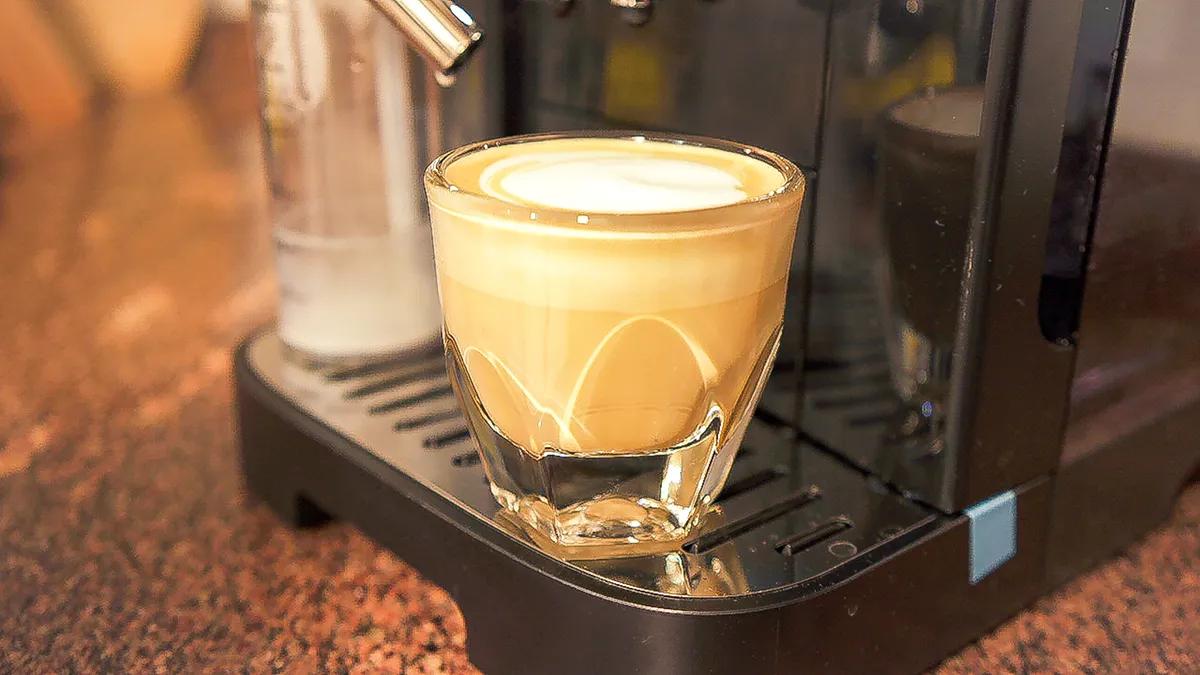
Still, I think the quality of the foam matters more than how easy it is to clean — and in that regard, De’Longhi wins again.
There’s one more thing worth mentioning: in De’Longhi’s mid- to high-end models, the milk container includes a knob that lets you adjust the texture of the milk foam. You can choose between three settings, from denser to lighter. This means you can prepare a drier, more layered foam — like the one made by Philips machines, ideal for a traditional Italian cappuccino with distinct layers of foam, milk, and coffee, or select a smoother, more silky texture, perfect for flat whites or modern specialty-style cappuccinos.
Another advantage for De’Longhi: simpler and more economical maintenance
There’s another aspect you shouldn’t overlook — one you’ll definitely appreciate in daily use: De’Longhi’s super-automatic machines are easier to maintain.
This comes down to the design of the brewing unit. In De’Longhi machines, the group is simpler to remove, clean, and reassemble. All it needs is a quick rinse and air-dry, with no additional lubrication required. In contrast, Philips’ brewing unit has more moving parts that need regular lubrication as well as cleaning. Philips’ infuser is larger and more complex, which means more maintenance.
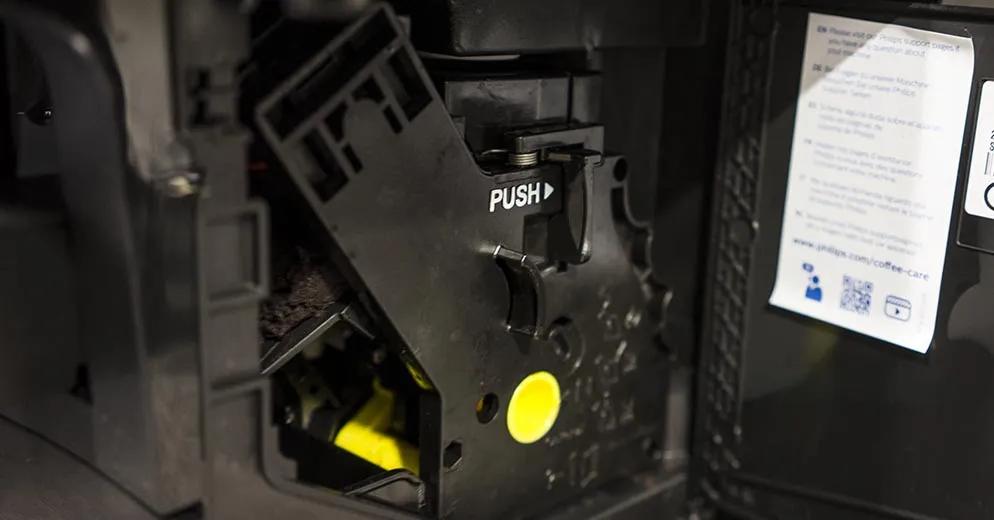
This not only adds extra steps but also increases ongoing costs: you’ll need degreasing tablets, lubricant, descaling liquid, and a water softener filter (optional but recommended). With De’Longhi, you only need descaling liquid and, optionally, a water filter.
It’s true that Philips’ LatteGo milk container -which I mentioned earlier- is slightly easier to clean than De’Longhi’s milk tank. However, Philips also recommends putting it in the dishwasher once a week for a deep clean, the same applies to De’Longhi’s container. So, in practice, there’s little difference there, and De’Longhi’s easier-to-clean brewing unit clearly tips the balance in its favor.
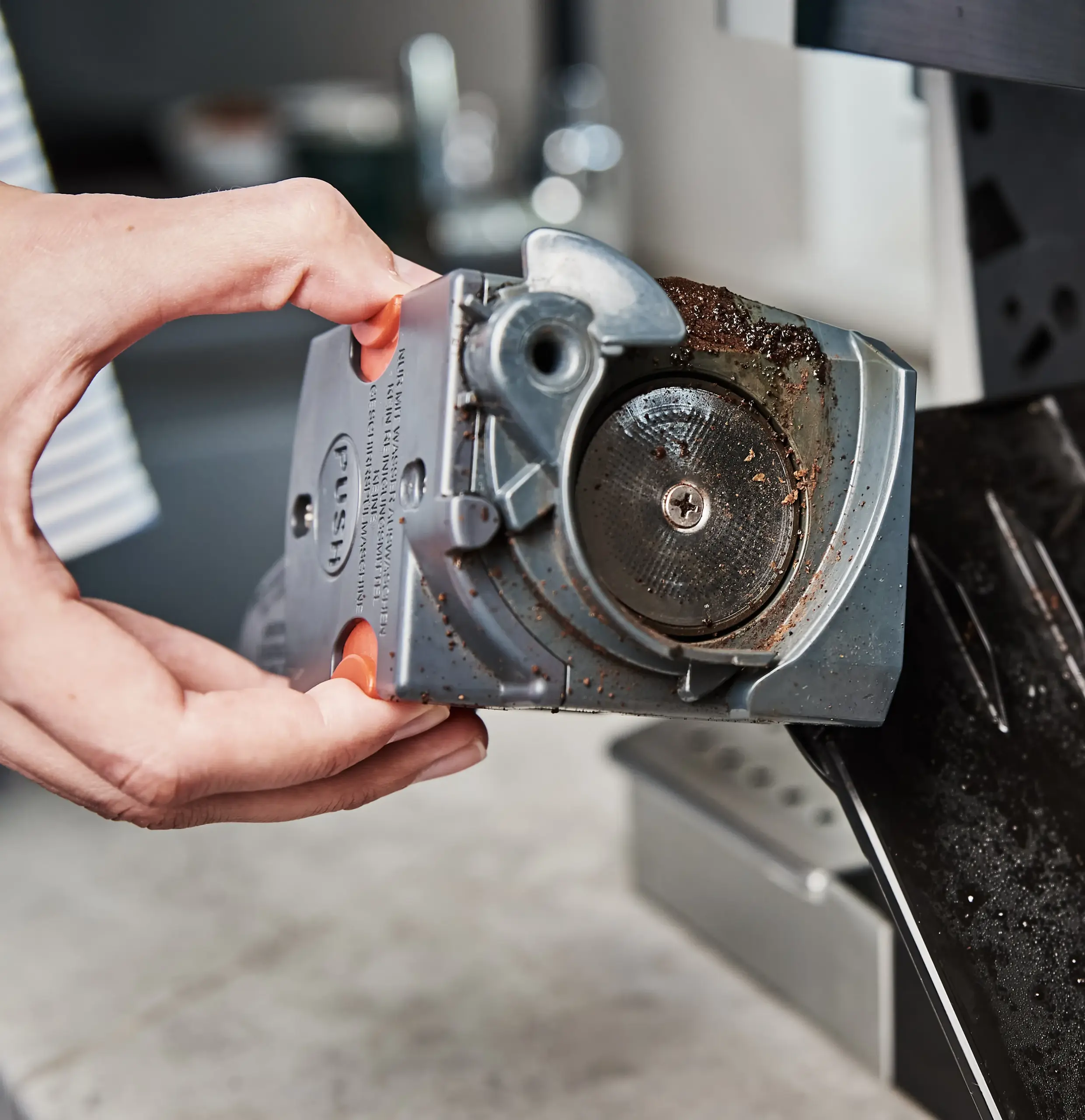
De’Longhi’s brewing unit is smaller, simpler, and easier to maintain overall.
Design: Philips led the way, De’Longhi caught up later
I remember when Philips introduced its 1200, 2200, and 3200 series coffee machines back in 2019. At that time, De’Longhi’s most popular models were the Magnifica S, the Autentica, and the Dinamica, machines whose design and interface already felt a bit dated. Philips’ success during those years stemmed largely from the sleek, modern look of its super‑automatic machines and a more intuitive touch‑button control panel, something De’Longhi hadn’t yet matched.
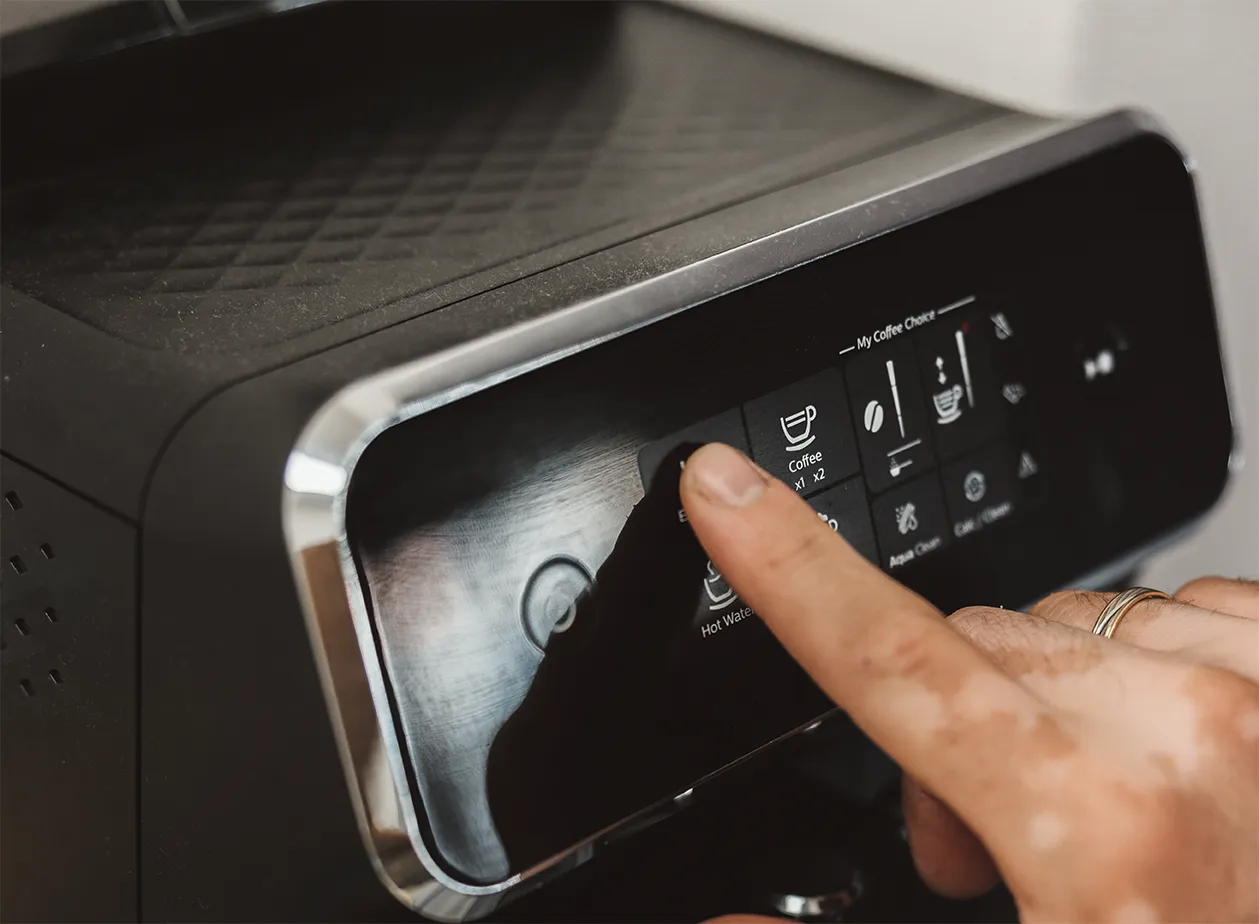
A few years later, De’Longhi caught up. Models such as the Eletta Explore, the Rivelia, and the PrimaDonna Soul introduced modern touch‑screens with interactive menus and animated graphics, and the brand has kept the momentum with newer lines like the Magnifica Plus and the Evo Next.
As a result, Philips now lags behind in this regard. It’s not that Philips’ touch‑button interface isn’t intuitive and comfortable -it certainly is- but when you compare it to the colorful, animated touch‑screen displays found on De’Longhi’s mid‑to‑high‑range machines, Philips’ design starts to look a bit flat.
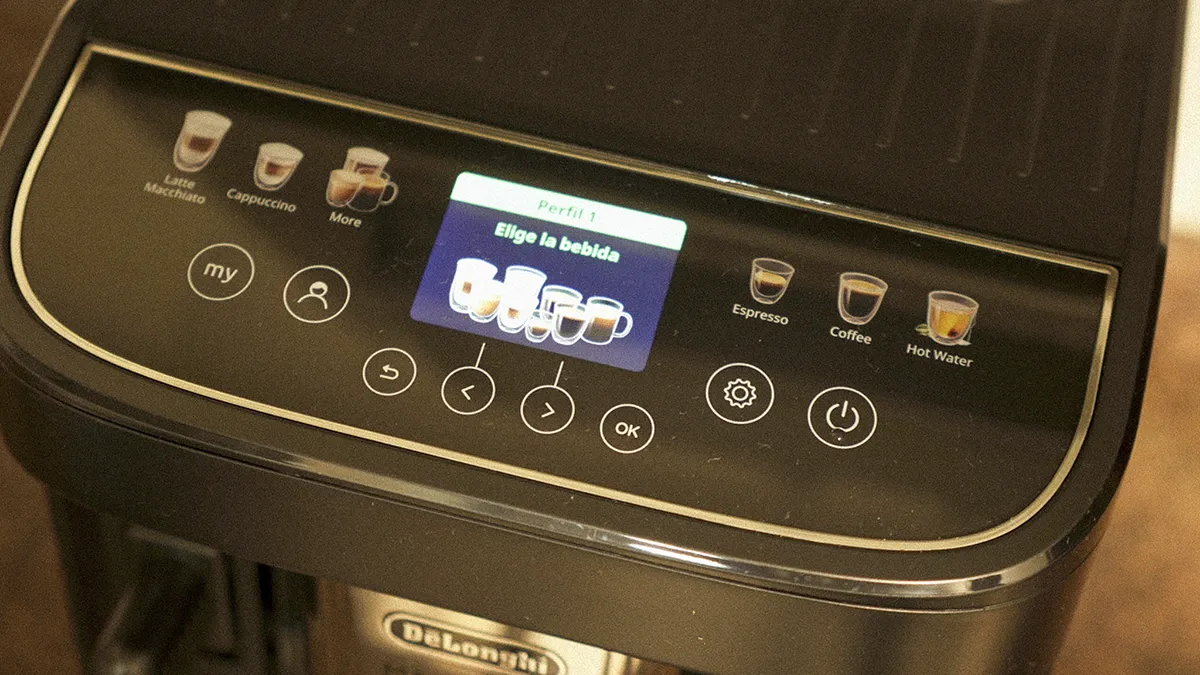
My conclusion is simple: at the same price, always go for De’Longhi.
De’Longhi consistently delivers a higher level of quality than Philips. The gap is smaller in the entry-level segment, but as you move up the price ladder, the advantage clearly shifts to De’Longhi.
